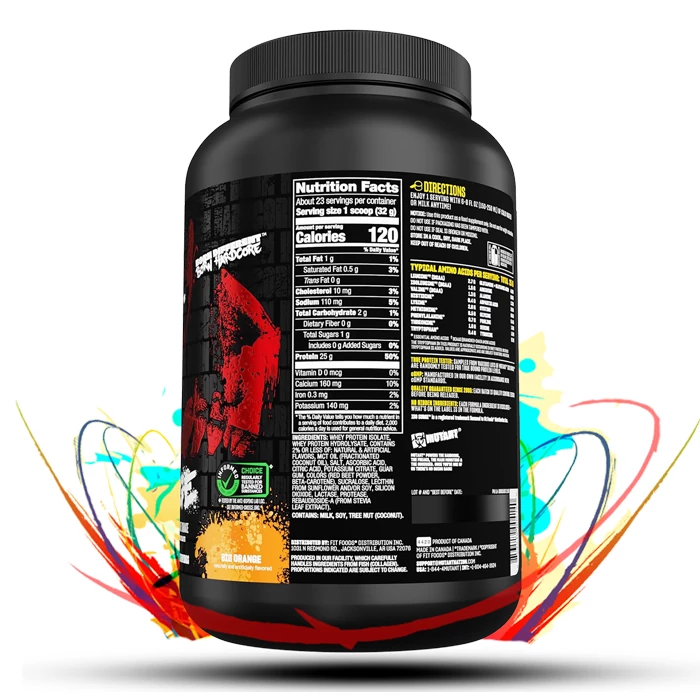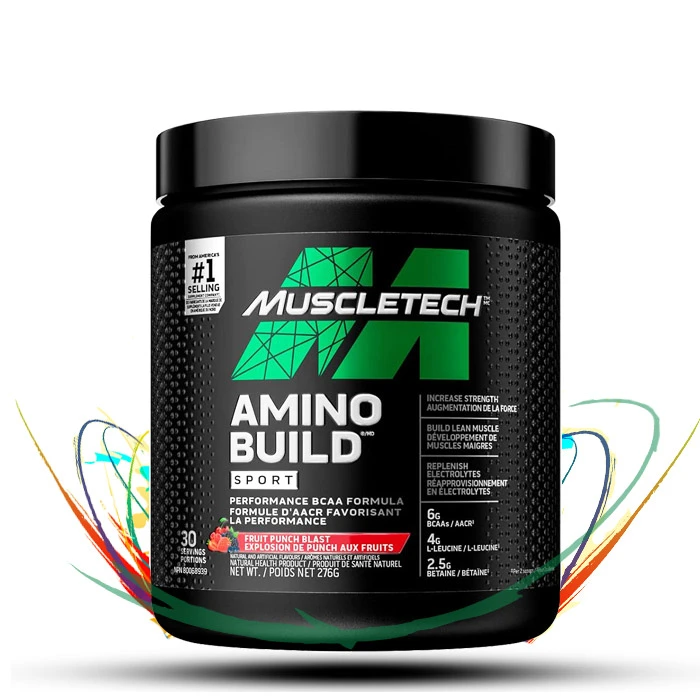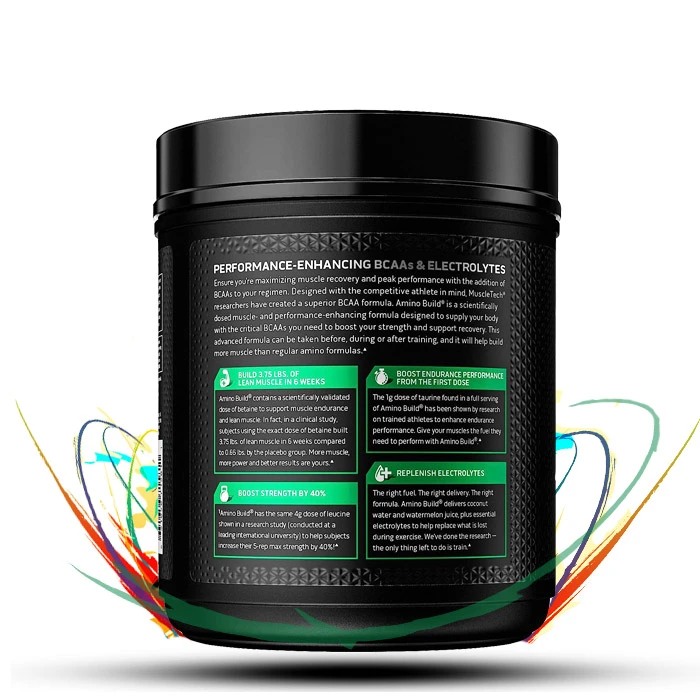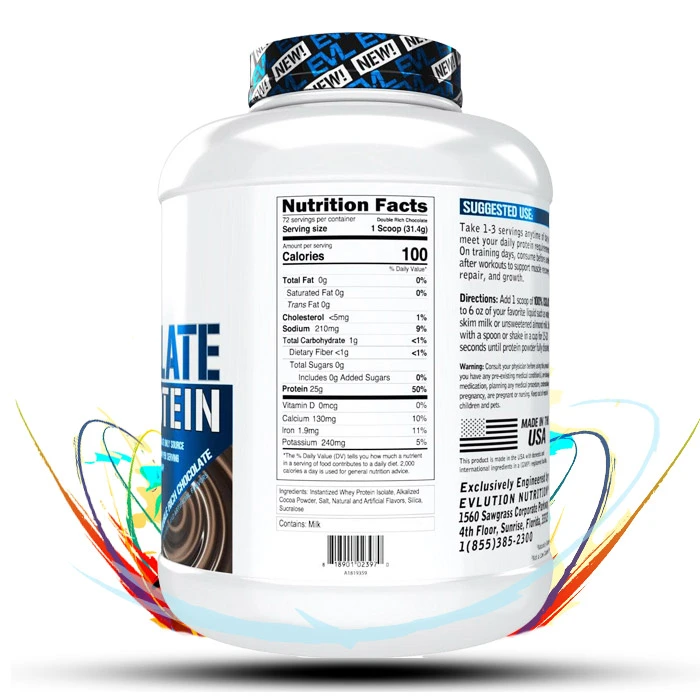Human skeletal muscles are made up of a heterogeneous set of various types of muscle fibers. It consists of a variety of muscle fibers such as Type 1 and type 2 muscle fibers. Wide diversity in skeletal muscles allows for different human abilities. Most skeletal muscles in humans have three types of fiber, but in different proportions. We’re going to talk about Type 1 and type 2 muscle fibers.

What are the types of muscle fibers?
Humans have three different types of muscle fiber.
Type 1 fibers or slow Twitch:
- They are introduced depending on the slower time of contraction and high resistance to fatigue.
- These fibers are structurally low in motor nerve and small in diameter fiber.
- Energetically, they store a small amount of their energy with phosphocratin, an energetic substance in fast and fast movements.
- Type 1 fibers have low glycogen levels and provide very high levels of triglycerides.
- These fibers have a small number of enzymes involved in the glycolysis process but instead have a large number of enzymes involved in oxidative pathways.
- Scientifically, type 1 fibers are used for aerobic activities that require a low-force production process, such as hiking and mountaineering; in fact, most daily activities in life use condensation fibers.
Type 2 fibers or fast Twitch:
- They are known for their rapid contraction time as well as their low resistance to fatigue.
- The difference in contraction velocities with the amount of calcium release can be detected by the sarcoplasmic network that breaks down ATP into myosin.

Types of fibers of Type 2 (fast Twitch)
Fast-contracting fibers are divided into two categories: A and B. Type a tightening fibers exhibit relative resistance to fatigue and represent a transition between the two ranges of tightening and tightening fibers. They are functionally very useful for long-term non-aerobic activities and almost high propulsion, such as a 400 meter speed run.
B-type tightening fibers are very sensitive to fatigue and are suitable for short-term non-aerobic activities and high force generation such as two-speed, two-barrier, launch and jump. These fibers are more capable of generating force than condensate fibers. Like type a tightening fibers, Type b fibers have a motor nerve and a large fibrous diameter, but have low capillary, mitochondrial, and myoglobin density. These fibers are high in phosphocratin and glycogen, but their triglyceride levels are low.
Type 1 and 2 muscle fibers compared to each other
At any rate of motion, the amount of force produced depends on the type of fiber. During dynamic contraction, when the length of the fiber is long or short, the tightening fiber produces more force than the tightening fiber. In isometric contraction conditions, during times when muscle size does not change while the muscle is contracting, type 1 fibers such as Type 2 fibers produce the same amount of force. The difference in the production Force is only seen during contractions.
- At any speed of movement, the force generated by the muscles increases with the percentage of tightening fibers and vice versa.
- The speed increases with the increase in the percentage of twitch fibers.
- The percentage of muscle fiber types in athletes varies greatly. For example, endurance athletes have a higher proportion of condensation fibers and sprinters have higher speed and jumping of condensation fibers.
Muscle structure acquired or genetic feature?
Many studies and research have shown that the composition of muscle fiber is a genetic trait. In addition, the structure and metabolic strength of various muscle fibers can be adapted to specific types of exercises have been observed in some cases.

How is it possible to identify types of muscle fibers?
The only way to detect the simple and direct combination of muscle fiber types in athletes is to test aggressive muscle biopsy, but some studies have tried to determine the fiber type composition within muscle groups indirectly and according to the test, the relationship between the different characteristics of the type and the muscle fiber composition.
These studies have produced good results by establishing relationships between the amount of tightening fibers and muscle strength.
Example indirect method for determining the composition of muscle fiber types
For example, the indirect method used through weights to determine the fiber composition is initially to lift the most weights an athlete can lift once. After that, it is necessary to make repetitions.
If less than seven repetitions are performed, the muscle group is likely to consist of more than 50% of the fibre of the contraction.
If you get 12 repetitions or more, the muscle group has 50% of the condensate fibers. If the athlete is able to perform between 7 and 12 repetitions, they probably have an equal amount of muscle group of two types of fiber.

How does the type of muscle fiber affect athletic performance?
Types of muscle fibers and their fitness.It affects the amount of weight that athletes take or the number of repetitions they take in the course. It is also effective in training muscle strength or increased endurance.

Comparison of muscle fibers types 1 and 2
An athlete with a high number of twitch fibers, as opposed to an athlete with high amounts of twitch fibers, is unable to properly and adequately complete weight repetitions. This person is also unlikely to reach high levels of muscle endurance well compared to an athlete who has contracted muscle fibers.
An athlete with a higher rate of condensation fibers is unable to lift heavier weights or run faster than an athlete with a higher rate of condensation fibers, and of course never appears more powerful than an Athlete with high condensation fibers.
Speed runners do not all have the same percentage of contraction fibers, and not all endurance runners can have the same amount of contraction fibers.
A smart coach needs to decide on the specific characteristics of each athlete. For example, athletes who get tired too quickly have more contractile fibers and should rest longer between workouts.
How do you increase Muscle Fibers?
Note that endurance training for muscle with twitch fibers cannot increase the number of twitch fibers, and vice versa. Of course, with adequate and correct Exercise, Type a fibers can acquire some of the endurance characteristics of Type b fibers in the contraction type, and vice versa. You should know that there is no conversion between these two types of fiber, and Type 1 fibers will not be converted into Type 2 fibers and vice versa.

The cross section of Muscle Fibers is changeable
Athletes are born with any type of muscle fiber, with the same type they will continue to live for the rest of their lives.
Fibers cannot change from one type to another, but training changes the cross-sectional area or areas covered by the fiber type in the muscle. In other words, it is created based on the type of hypertrophy exercise chosen by the fibers.
Percentage of types of Muscle Fibers
The athlete may have a 50/50 compound of fiber types 1 and 2 in the muscle, but because the type of tightness naturally has a larger cross-sectional area than the tightness fibers, 65% of the muscle area may belong to the tightness fiber and 35% to the tightness fiber.
Following strength training to increase muscle strength, the number of fibers of Type 1 and 2 may remain the same, but their cross-sectional area changes. Perhaps this is due to the shrinking of Type 1 fibers and the enlargement of Type 2 fibers.
Up to 75% of the muscle area may be comprised of contraction fibers and 25% of the rest of the contraction fibers. The change in area changes the increase in strength, but the Endurance continues to decrease. Because the mass of the contraction fibers is larger than the contraction fibers, the athlete can gain more mass, and instead, if the athlete trains to gain muscle endurance, the contraction fibers can enlarge. While Type 1 fibers are larger due to their larger area. The muscle area before exercise was 65% of the contraction fiber and 35% of the contraction fiber, and may now and after exercise have up to 50% of the fiber 1 and 50% of the fiber 2.

Proper Exercise for Muscle Strength
Trainers know that in order to achieve muscle strength, the exercise must be performed with heavy weights and low repetitions. This type of exercise is difficult to do, as it uses heavy weights of Type 2 b fibers, which are capable of producing more force compared to type 1 or type 2 a fibers. Hypertrophy occurs only in a variety of muscle fibers that are overloaded.
Intensity required for training
Low-and moderate-intensity exercise does not cause type 2 b muscle fibers to be used, so the intensity of exercise must be high.
Source:
wikipedia
physio-pedia








































































































